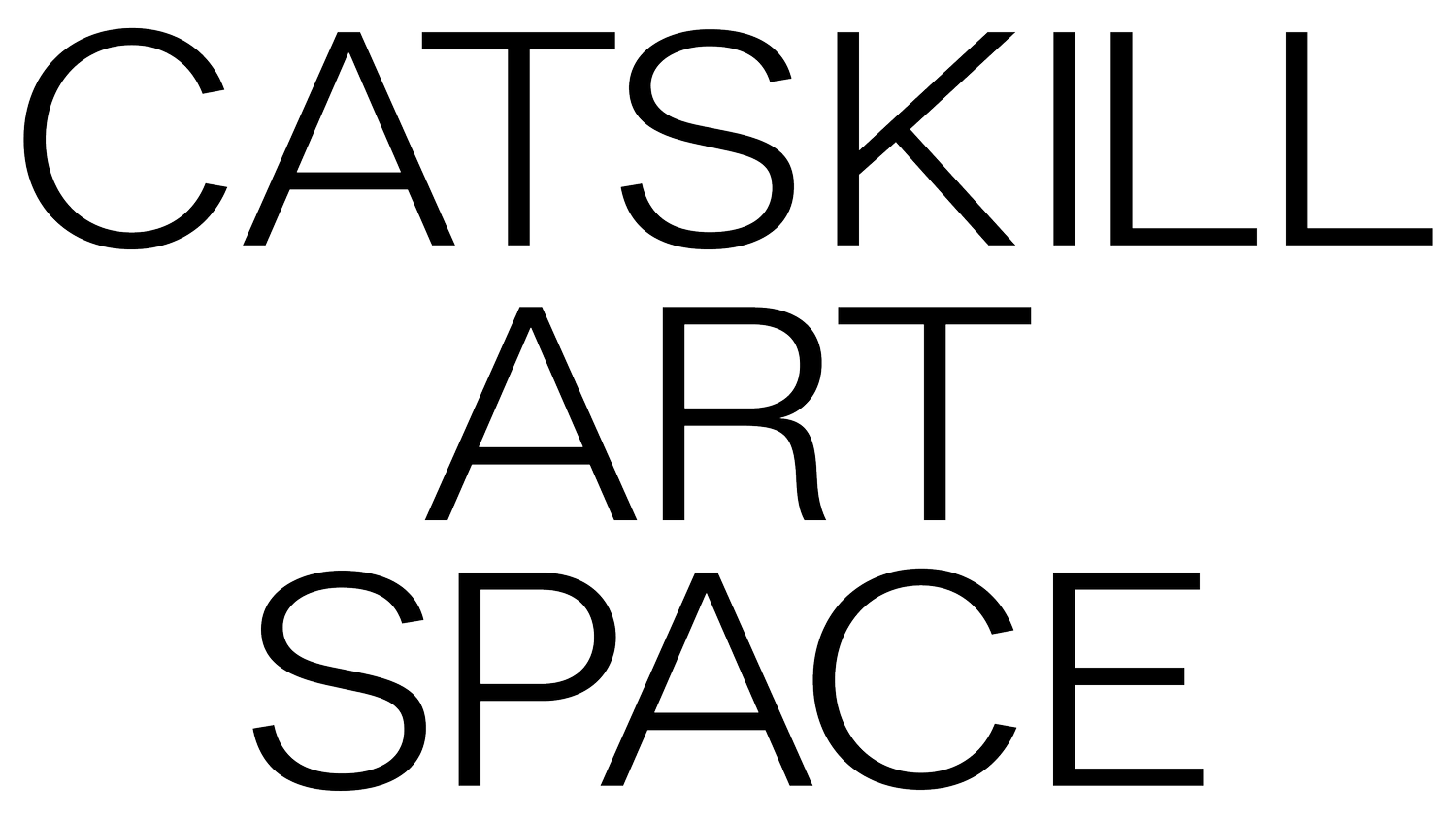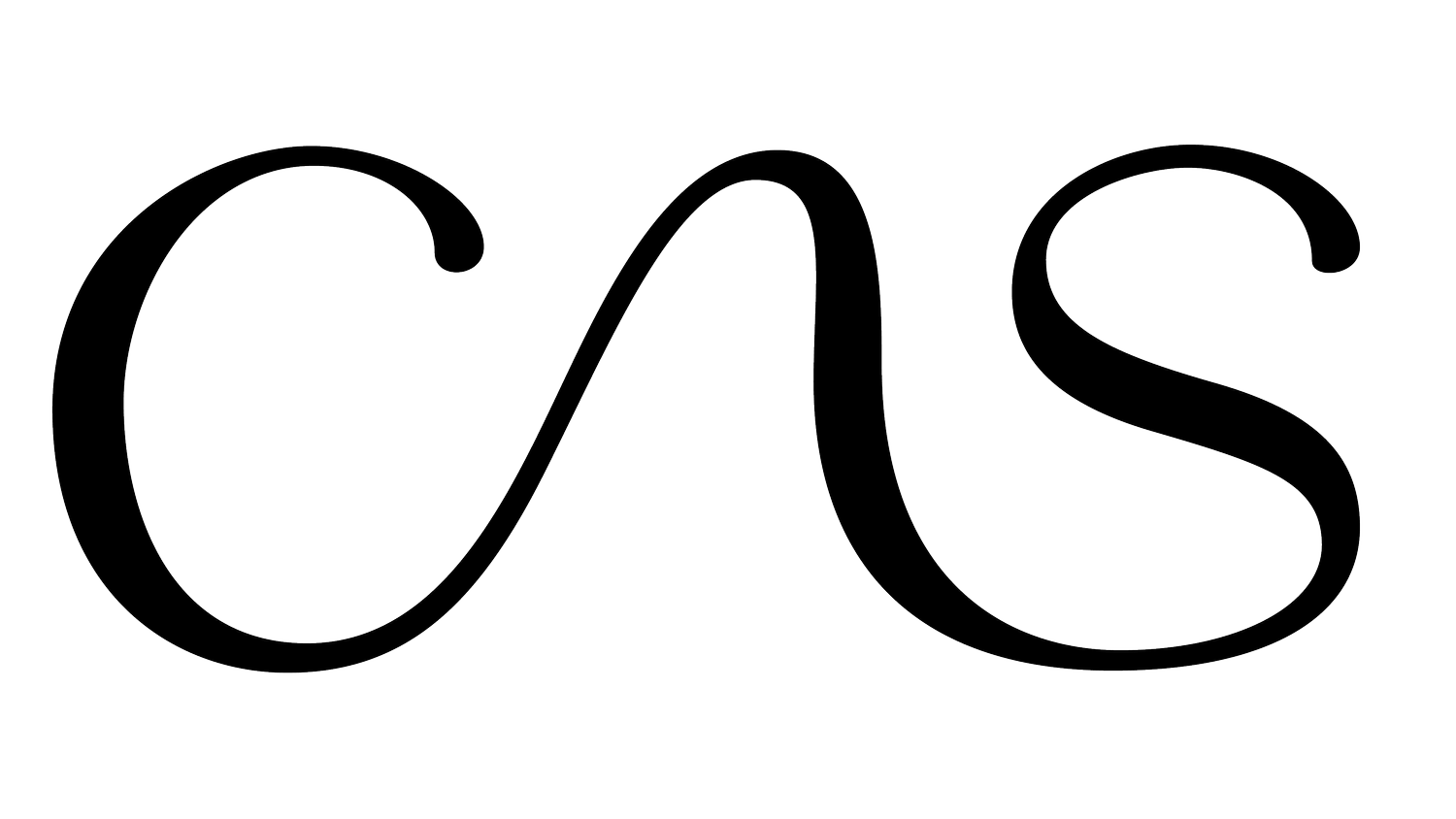forrest myers
June 24 - August 26, 2023
First Floor, Main Street Galleries
For CAS’s annual invitational exhibition, Forrest Myers’ survey spanned three interior gallery spaces and incorporates a new site-specific sculptural work on the exterior of CAS’s building on Main Street, Livingston Manor. A brightly colored T-shaped beam and segment of an aluminum channel mounted to the exterior facade of the building make an instant visual and conceptual connection to Myers’ well-known minimalist installation, The Wall. Completed in 1973 and frequently referred to as the “Gateway to Soho,” The Wall is New York City’s largest public sculpture, covering the north-facing wall of a building on Houston Street in New York City.
The earliest work in the exhibition is a laser-light installation, Woofer and Tweeter (Laser with Speaker and Mirror, 1963), which Myers conceived and realized at the famous New York City artist bar Max’s Kansas City. The majority of Myers’ sculptural work from the 1960s were minimalist geometric forms. By the end of the decade, his practice became more lyrical, and his geometric work flattened into two-dimensional reliefs. Two of Myers’ largest early metal paintings constructed of oxidized and stainless-steel panels were on view, along with later versions powder-coated in bright colors.
In 1969, Myers began making furniture, utilizing singular sheets of metal with reductive folds and bends to render benches, chairs, and tables from industrial materials. Myers explored other themes and motifs, shaping long segments of pipe, springs, and coils into maximalist beds, chairs, and tuffets. With compelling titles of works including Kilimanjaro (1990), Green-T (2007), I-beam Table and Chairs (2007), Manifold Chair (2018), Computer (1990), No Evil Bench (2007), Pink Chair (1993), and Love Bench (2007), the survey of Myers’ work at Catskill Art Space ignites the pleasure of the imagination.
Myers’ solo exhibition was in concert with works from James Turrell and Sol LeWitt on a long-term view on the second floor of CAS. Working independently, the three artists share similar beginnings early in their careers. In 1965 and 1966, Myers and Sol LeWitt, respectively, made large-scale sculptures based on the structure of an open modular cube (Myers – Lazers Maze, 1965, and LeWitt – Modular Cube, 1966). Large-scale sculptures by both artists were featured in the seminal exhibition Primary Structures at the Jewish Museum in 1966. Working on opposite coasts of the U.S., Myers, and Turrell simultaneously pioneered the use of projected light as a sculptural medium in 1966 and 1967. Each artist debuted their light sculptures before a public audience in New York (Myers in January 1967) and in Los Angeles (Turrell in September 1967). The show opened on Saturday, June 24, with an artist talk from 3-4 pm followed by a reception from 4-5 pm.
About the Artist
Born in Long Beach, CA (b.1941) and raised in California, Forrest “Frosty” Myers moved east in 1962 and quickly became part of New York’s vibrant artistic community. He was a founding member of the Park Place Gallery, where he exhibited large-scale sculptures with colleagues Mark di Suvero and Robert Grosvenor, among others. During the 1960s, he created metal sculptures of complex, abstract, geometric construction, heavily influenced by Hard-Edged Abstraction.
Myers became a member of the collective Experiments in Art and Technology (E.A.T.), along with fellow artists Robert Rauschenberg and Robert Whitman and scientists Billy Kluver and Fred Waldhauer. Among E.A.T.’s most celebrated projects were the Pepsi Pavilion at Expo ’70 in Osaka, Japan, and the Moon Museum (1969), a miniaturized ceramic tile featuring works by Rauschenberg, Andy Warhol, Claus Oldenburg, John Chamberlain, David Novros, and Myers that was attached to the leg of Apollo 12’s lunar module.
For the past decade, Myers has drawn inspiration from the landscape of his Pennsylvania tree farm, producing new work rooted in his signature motifs but with fresh forms and materials and a look that is denser, wider, and freer. His work is included in the collections of The Hirshhorn Museum and Sculpture Garden, Los Angeles County Museum of Art, Metropolitan Museum, the National Gallery, Storm King Art Center, the Smithsonian Institution’s Museum of Modern and Contemporary Art, Whitney Museum of American Art, among others.

















